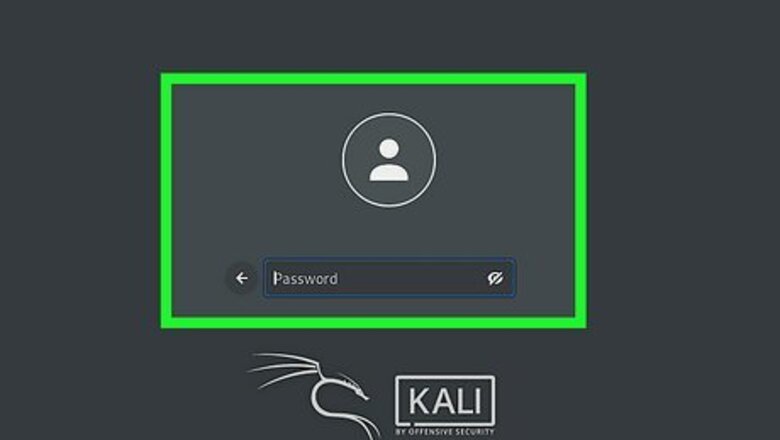
views
X
Research source

Login to Kali Linux. Go ahead and use your normal username and password to log in to Kali Linux. Once you set a password for the root account, you can log in using the root account.
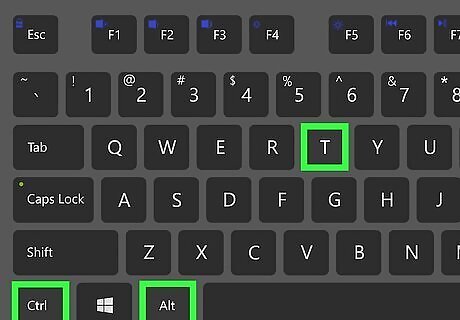
Press Ctrl+Alt+T to open the Terminal. On most Linux distributions, you can open the Terminal by clicking the Terminal icon in the Apps menu. It has an icon that resembles a black screen with a white cursor. You can also use the keyboard shortcut to open the Terminal, which is Ctrl + Alt + T.
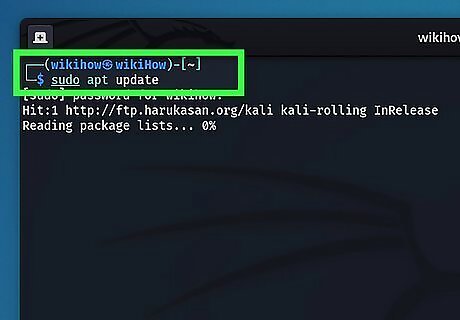
Type sudo apt update and press ↵ Enter. This command updates the package manager in Kali Linux.
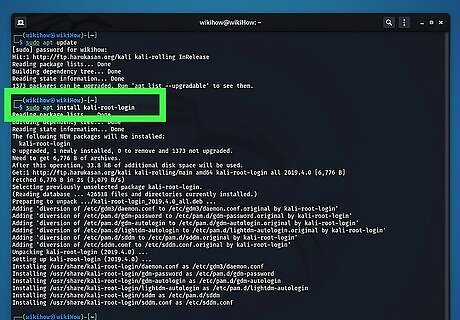
Type sudo apt install kali-root-login and press ↵ Enter. This installs the root login package for Kali Linux, if it hasn't already been installed.

Type sudo -i and press ↵ Enter. This command gives your current user account root access in the Terminal. If the administrator has blocked root access, you cannot grant yourself root access in the Terminal.
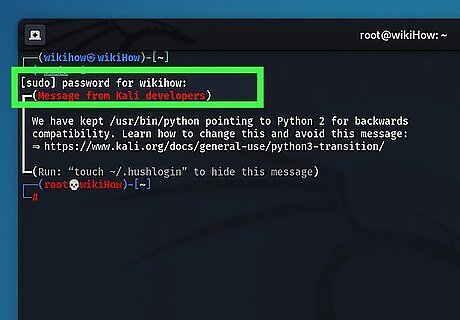
Enter your user password and press ↵ Enter. You must enter your user password to switch to root access. If successful, the text cursor should read "root@computername:~#" in the Terminal, instead of the usual "username@computername:~$." When typing a password, a Linux terminal won't display any characters or asterisks. Instead, it will appear blank.
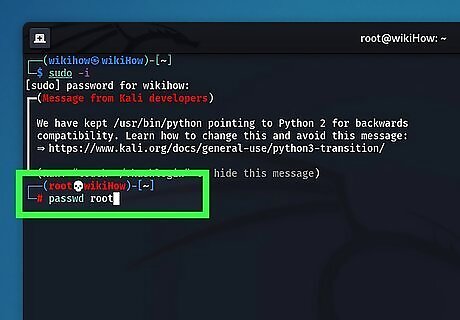
Type passwd root and press ↵ Enter. Then prompts you to enter a new password for the root user login.
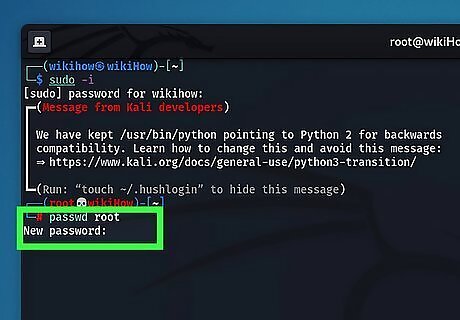
Enter a new root password and press ↵ Enter. This is the password that will be used to log in to the root account.
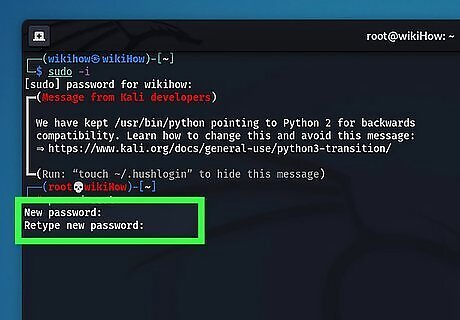
Retype the password and press ↵ Enter. Make sure you enter the password exactly like you did the first time. This confirms the new root password. If successful, you should see a prompt telling you the password was updated successfully.
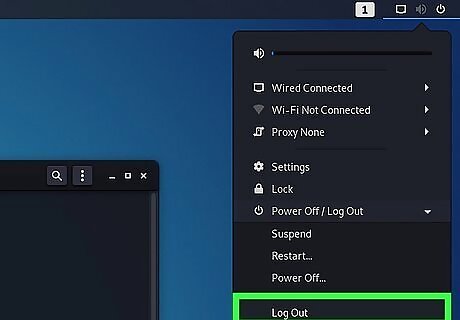
Log out of your current user account. To do so, click the icon that resembles a circle with an arrow pointing right. It's in the upper-right corner. From there you can either click Log Out or Switch User.
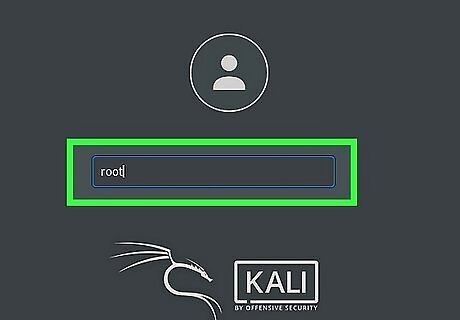
Log in to the root account. To do so, type "root" in the username field on the login screen. Then type the password you set for the root account and click Log In or press Enter. This logs you in to the root account.
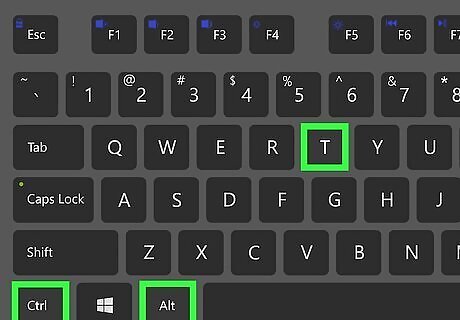
Press Ctrl+Alt+T to open the Terminal. You can verify that you are logged in as a root user by opening the Terminal. It should say "root@computername:~#" by the text cursor by default. You can now access all root commands in the Terminal.




















Comments
0 comment